Brownstone Boys: Should You Replace a Lead Water Main?
Changing all of the pipes in your home may not solve the problem if the water main coming in from the city’s line is also lead.

Checking our water main to see if it’s lead or not
Editor’s note: Welcome to the 81st installment of Brownstone Boys Reno, a reader renovation diary about renovating a brownstone in Bed Stuy. See the first one here. They also blog at www.thebrownstoneboys.com.
Replacing all of the plumbing is usually on the agenda for many people renovating an old home. If you’re moving around kitchens and bathrooms or if the pipes are deteriorating, it’s often best to replace it all. If your pipes are old enough, there is also a chance that they could be introducing lead into your water. Lead pipes were commonly used in homes built before the mid-20th century, and lead solder was used to join copper pipe until the late 1980s. Changing all of the pipes in your home may not solve the problem if the water main coming in from the city’s line is also lead. Many renovators wonder if it’s worth going through the cost and trouble of replacing it.
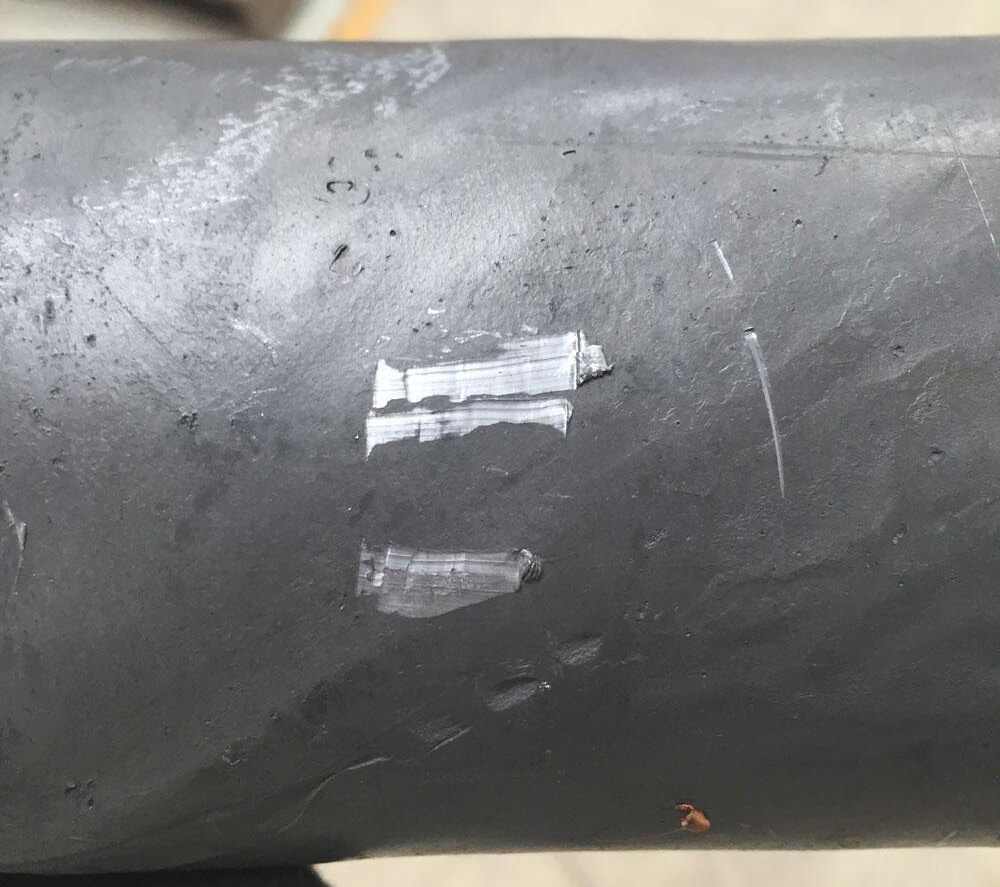
How do you know if your water main is lead?
One way to know if you water main is lead is to test the water. A less scientific way would be to take a look at the main pipe. You can locate your main in the basement, usually coming in from the front of the house. You’ll see a pipe less than an inch in diameter connected to a small meter. To determine if it’s lead, follow these steps. You’ll need a flat head screwdriver and a magnet.
- Pick an area on the water line between where it comes into your home and the meter.
- Scrape it a bit with a flat head screwdriver to get any corrosion off.
- If it’s silver and shiny in color and a magnet does not stick to it, likely it is lead.
- If it’s a dull grey color and a magnet does stick to it is likely galvanized steel.
- If it’s a brownish copper color then your water line is copper.
If you have a lead water main, should you change it? That is up to you. To some people it isn’t a concern, to others no amount of lead in their water is acceptable. Many families with kids err on the side of caution.
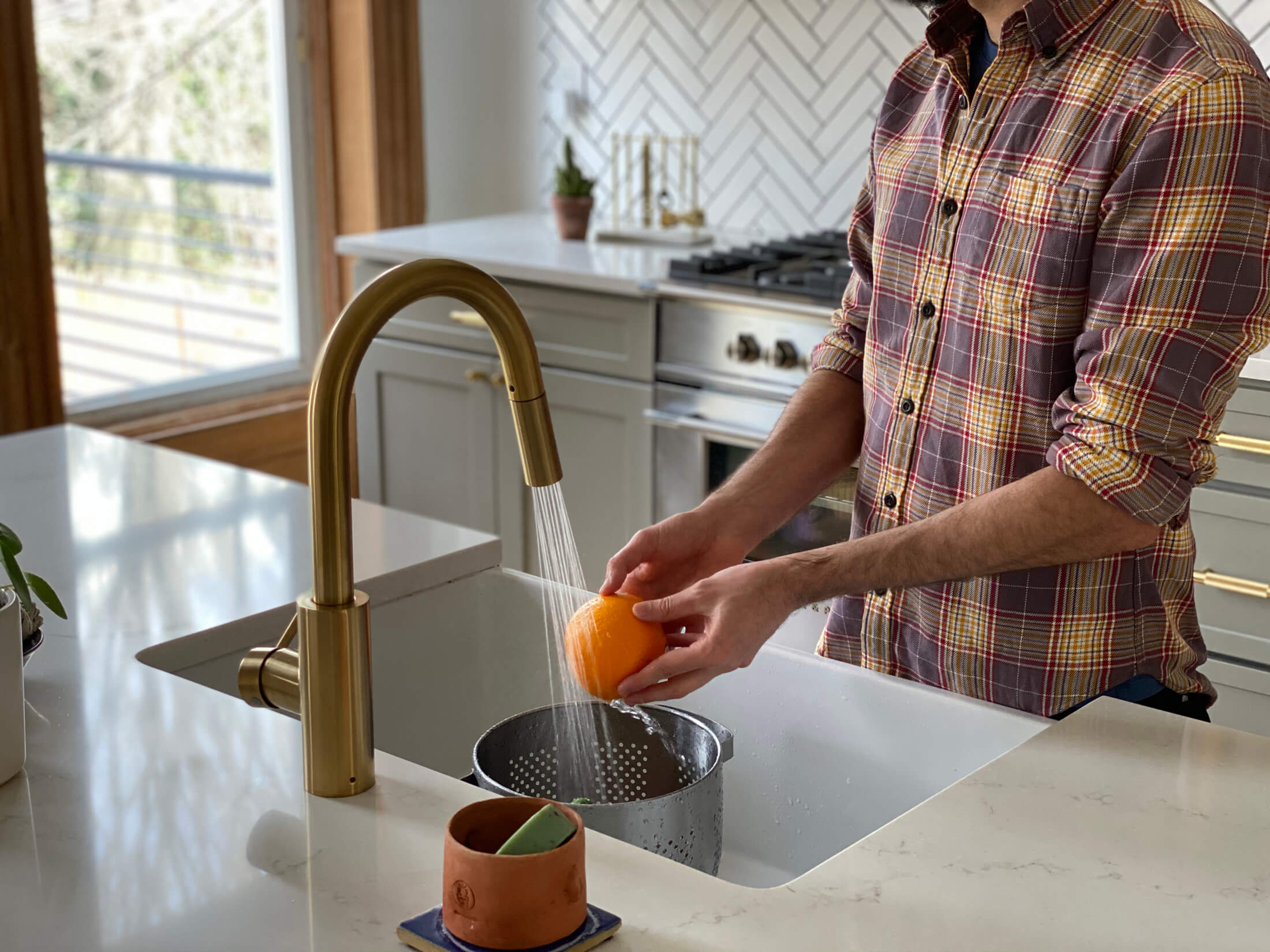
It sounds like a big, expensive job.
Your water main runs through your foundation wall, under the sidewalk and, depending on what side of the street the city’s main line is on, under the street. It connects to the city main through a device called a tap. Quite a bit of digging and breaking up cement is involved. The extent of the work and cost has a lot to do with whether or not you live on the side of the street where the city’s water main line runs. The easiest way to determine that is to look at where the fire hydrants are. If they are on your side, it is a shorter distance from your home to the city’s main; if they are on the opposite side, it’s farther. The contractor will break the cement, dig a trench, and change your water main to a copper one. The entire job usually takes a day or two.
How much does it usually cost?
Changing your existing water main on the existing tap can cost about $6,000 to $8,000. The variable is usually the distance to the main. Trees and other obstacles can also affect the price.
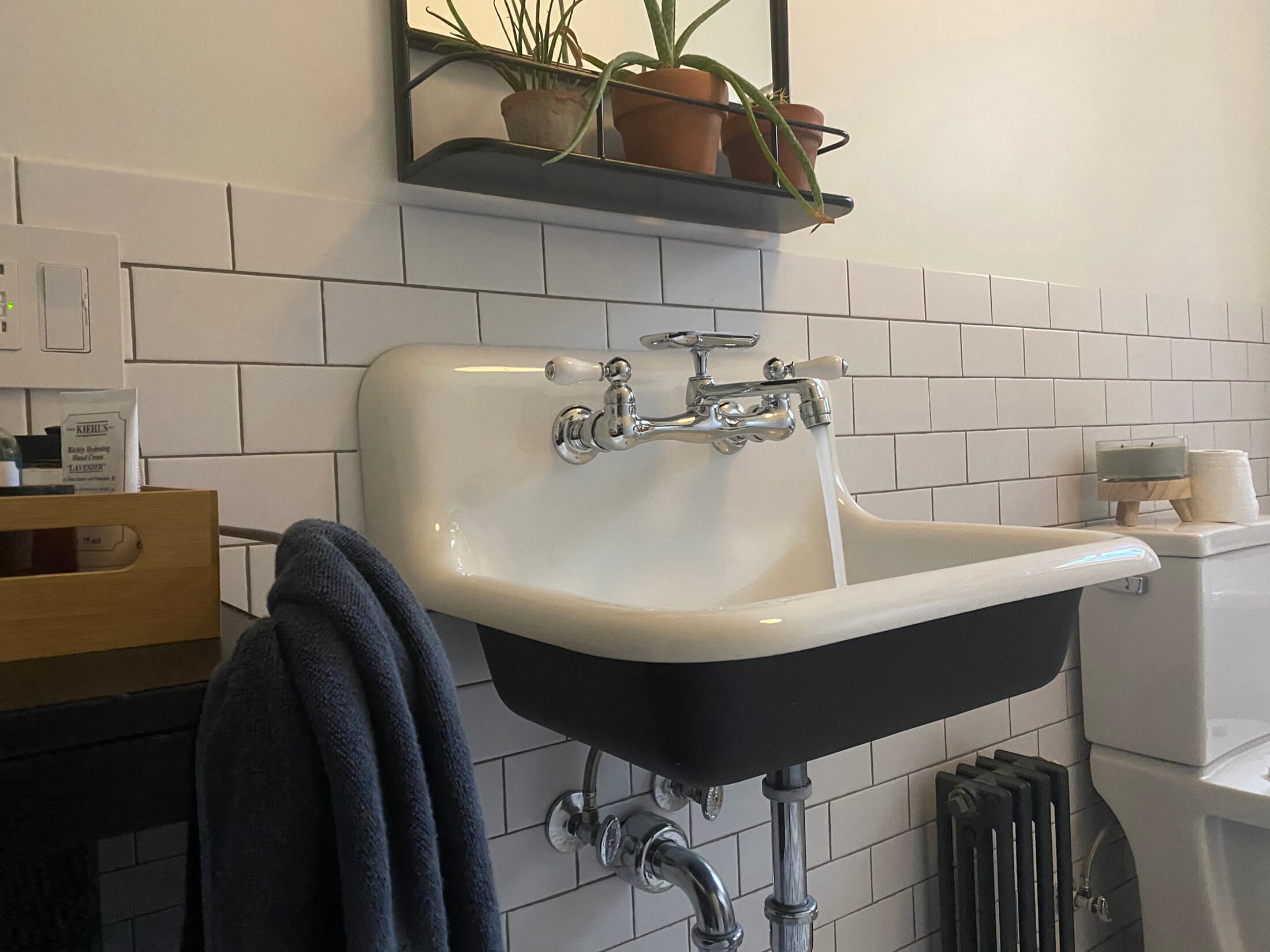
You may also choose to upgrade your water main and tap while you’re at it. We use a lot more water than we did 50 years ago. We have more bathrooms with more plumbing fixtures, dishwashers and washing machines than ever before. Standard sized old mains for residential homes are about 5/8 of an inch (you can look up yours in the city’s records on your home). That may be a bit undersized for a modernized home with multipolar full bathrooms and the above mentioned appliances. It’s possible to upgrade to something like a 1-inch tap with a 1.25-inch copper line. This is considerably more expensive due to the DEP permitting required to change the tap on the city’s line. Expect the price to go up to $12,000 to $15,000.
A good contractor will get the job done quickly and put everything back just like they found it. They will provide new concrete for the sidewalk, patch the street, and close up any other holes they need to dig.
[Photos by Brownstone Boys unless noted otherwise]
Related Stories
- Brownstone Boys: Repairing Our Stoop and Historic Ironwork
- Brownstone Boys: How Green Can You Go? Energy Efficient Renovating in Brooklyn and NYC
- Brownstone Boys: Top Surprisingly Big Expenses When Renovating a Historic Home
Sign up for amNY’s COVID-19 newsletter to stay up to date on the latest coronavirus news throughout New York City. Email tips@brownstoner.com with further comments, questions or tips. Follow Brownstoner on Twitter and Instagram, and like us on Facebook.

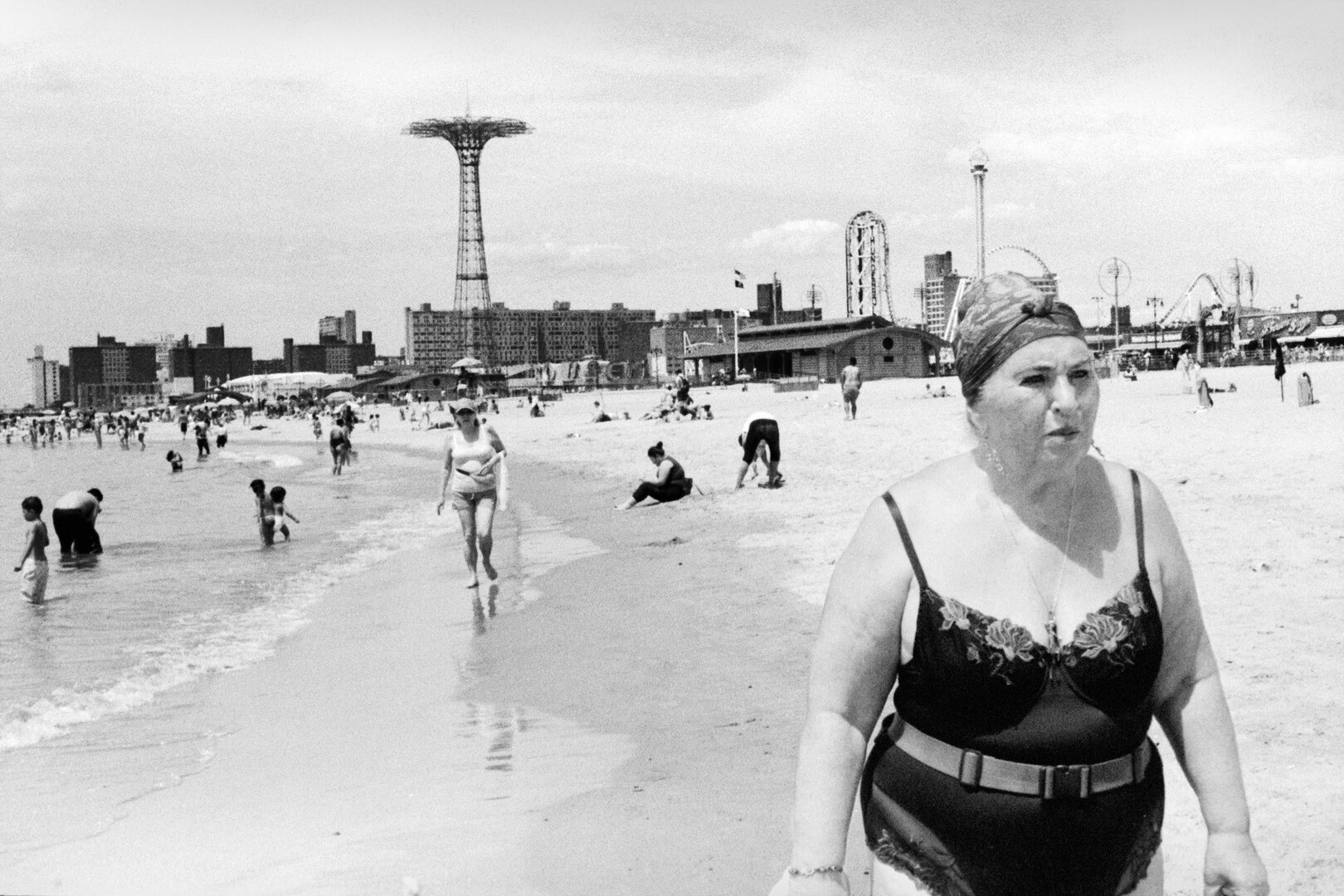

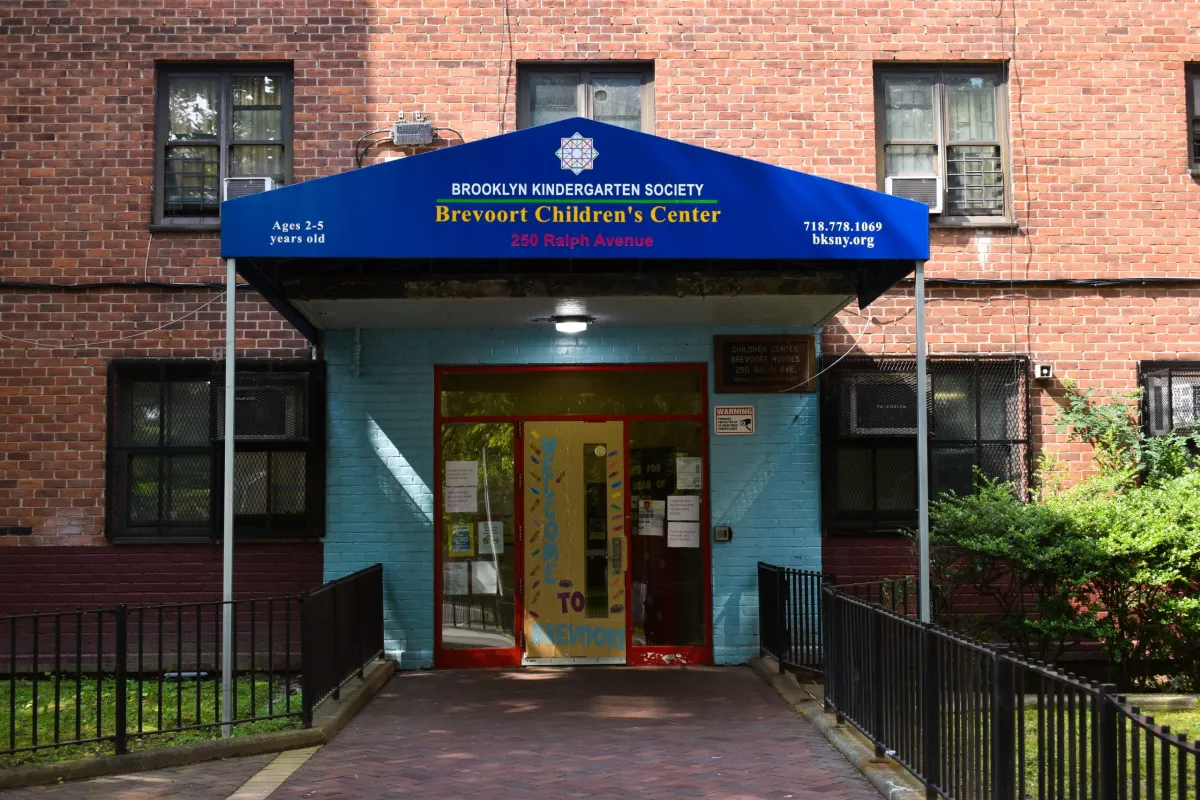
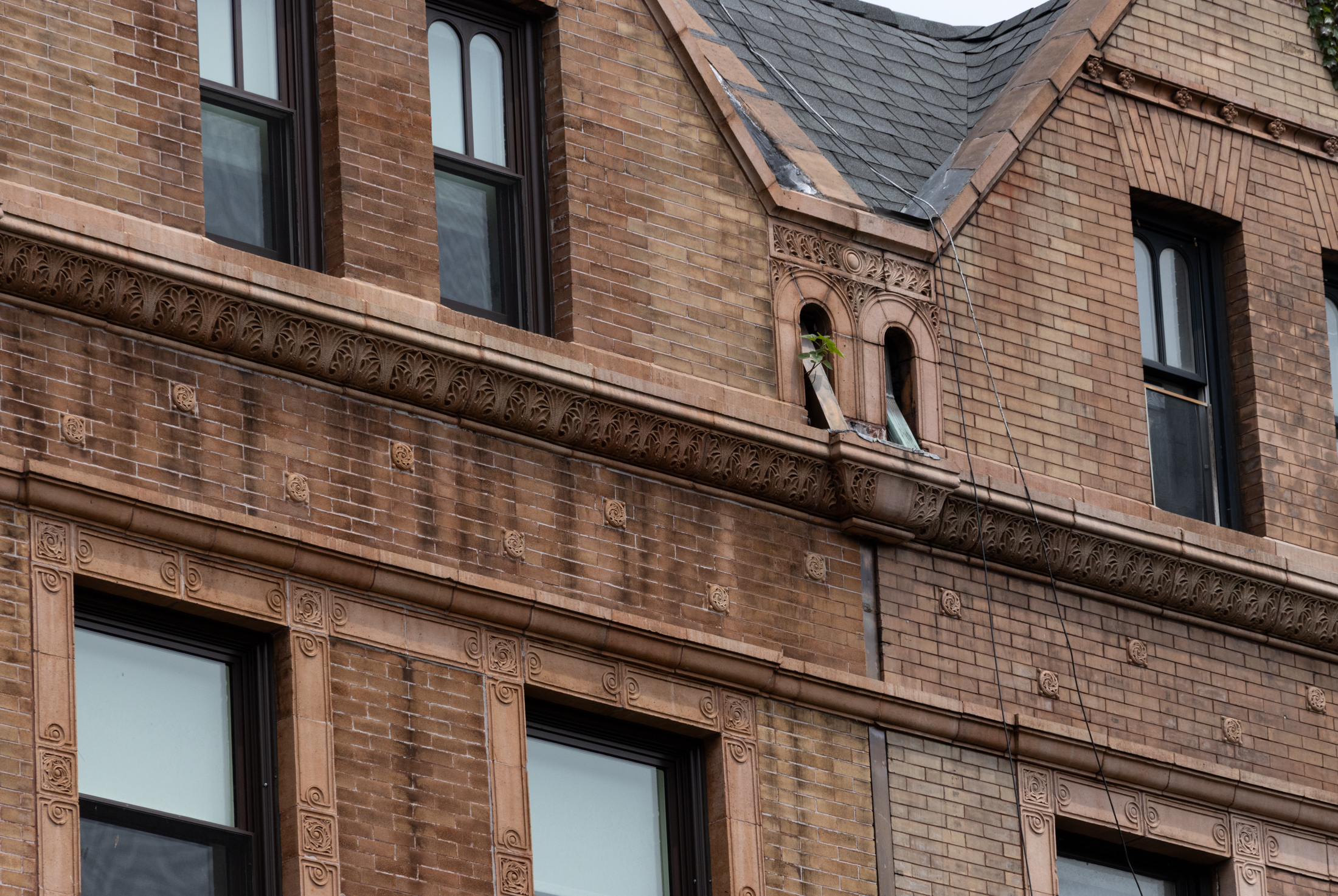
What's Your Take? Leave a Comment